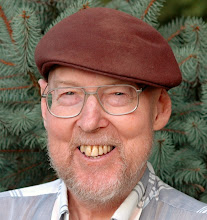When potential clients and potential staff knock on your nonprofit’s door, they are looking for a treasure. You need to know the answer to two questions. What are they looking for? What will they find?
Rich Foss
Principle: Organizations thrive on the treasure of meeting deep human needs and being a great place to work.
Paradigm
Shriveling: We value the bottom line above all else.
Thriving: We value transforming lives through meeting deep human needs and we value the people who produce the golden egg.
Behavior
¨ Our board clearly defines our treasure--who we offer our golden egg to and what their transformed lives look like.
¨ The right clients knock on our door in desperation and hope looking for the treasure we offer.
¨ Staff members are free to develop best practices to produce the golden egg.
¨ Board and staff operate from basic human values such as trust, openness, respect, and responsibility.
¨ All who work together to produce the treasure--board, staff, clients, donors, funders, suppliers, and partners--are honored.
¨ Each person is treasured based on their unique qualities and needs.
Results
¨ Clients’ lives are transformed.
¨ The board measures the effectiveness of the organization based on clients lives being transformed.
¨ Everyone knows their job is important because it helps produce the treasure.
¨ Everyone is recognized for good work.
¨ A culture of honesty, respect, responsibility, and quality work.
¨ Every person feels cared for by their supervisor or someone in the organization.
Check out this quick summary of the 7 Paths.

